With the start of a fresh new year, indulgent Christmas and New Years over, this is the time I start fielding a lot of questions about healthy food choices. “What should I be eating for breakfast?” “Do you have any healthy snack recipes you can share?” “Well, what do you eat for lunch?”
I don’t follow any particular diet. I’m not “paleo”, “vegetarian”, strictly “gluten free” or “dairy free”. I mostly try to stick to whole foods, avoiding anything processed, packaged or canned (except canned coconut milk and crushed tomatoes – we go through a lot of them!) and any green vegetable or cruciferous vegetable is important to have daily.
So today I’m going to start a new series: “What I eat…” and share with you some of the meals we eat in our house and the reasons behind our choices. First up I will be sharing our breakfast ideas. Stay tuned for lunch, dinner, snacks and more. Let me know if there’s any particular question you have such as “What do I eat on weekends?”, “What do I eat at Christmas?” or “What do I eat Camping?”
Let’s jump in!
Breakfast
I work mostly afternoons, so I have time in the mornings for breakfast but I understand this isn’t the case for most people so you will need to plan ahead or pick what you do have time for. Breakfast MUST include some protein and fat, that’s why the old cereal or toast with vegemite doesn’t doesn’t cut it. Your blood sugars are already low from not eating all night. Giving your body a heap of carbs will fill your tummy, unfortunately it will also give you a sugar high and subsequent crash pretty quickly.
Here’s my breakfast menu options (clickable to the recipes below):
Loaded Porridge
GF (contains oats*), DF option
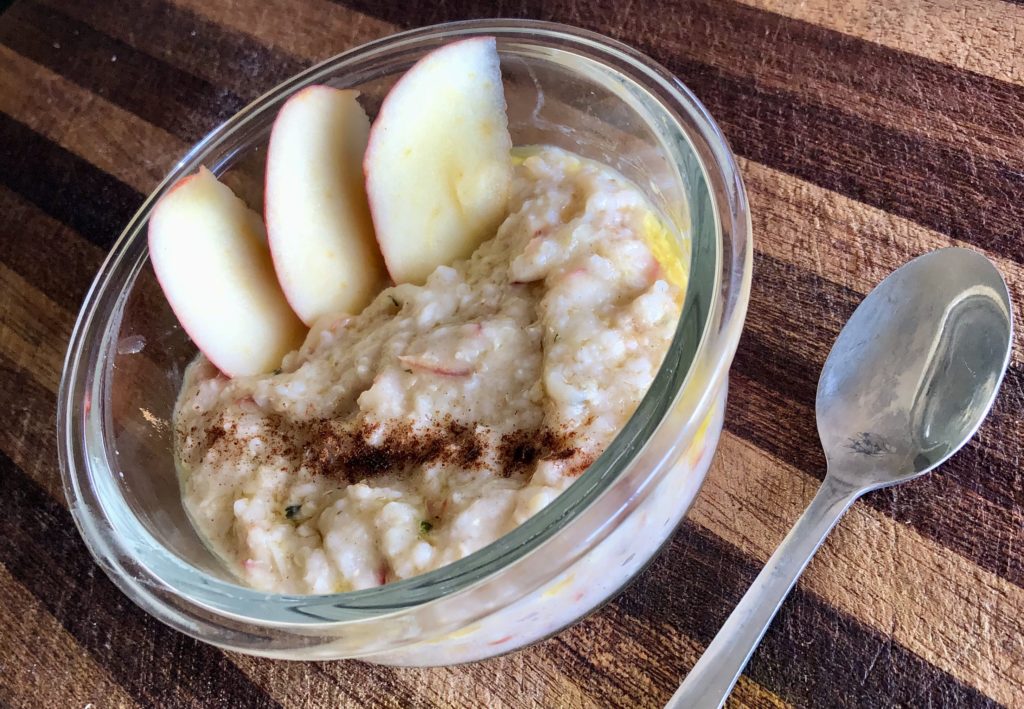
This isn’t just your oats, water and honey, this is protein and fat loaded. Rolled oats, hemp seeds (for protein and fat), 1/2 an apple, sprinkle of cinnamon, ghee (for fat) and a little milk (dairy or plant-based, whatever you need).
Fried Rice
GF, DF, Vegetarian
If we have left over rice from the night before or if I’m looking for something warm, fried rice is a great breakfast. The recipe changes every time we make it, depending on what’s in the fridge. Onion, bacon and/or prawns which are optional, a fried egg or two, rice, peas, the green part of spring onions and a generous sprinkle of coconut aminos or tamari make up the base. You can also add different shredded, chopped or grated vegetables to really load it up.
Eggs on Toast
DF option, V option
This one doesn’t need a recipe, you just make it your own. I have sourdough toast spread with avocado (or butter if I have no avo) topped with fresh spinach, which is then wilted with the hot fried eggs and mushrooms. I also throw on some halloumi if I have it (for the cheese lovers out there). If you can’t do with out your bacon, a short cut rasher would do the trick for some extra protein and fat.
Home-Made Baked Beans
GF option, DF, V option
These are so much better than the canned variety. Better tasting and better for your health. I usually stick to this recipe here, which isn’t my own. Mum makes a few variations which she delivers sometimes… ok, often! I’ve made this yummy vegan recipe too. As I really limit Harvey’s gluten intake, he will eat these on their own. Mine are usually piled high on a piece of sourdough.
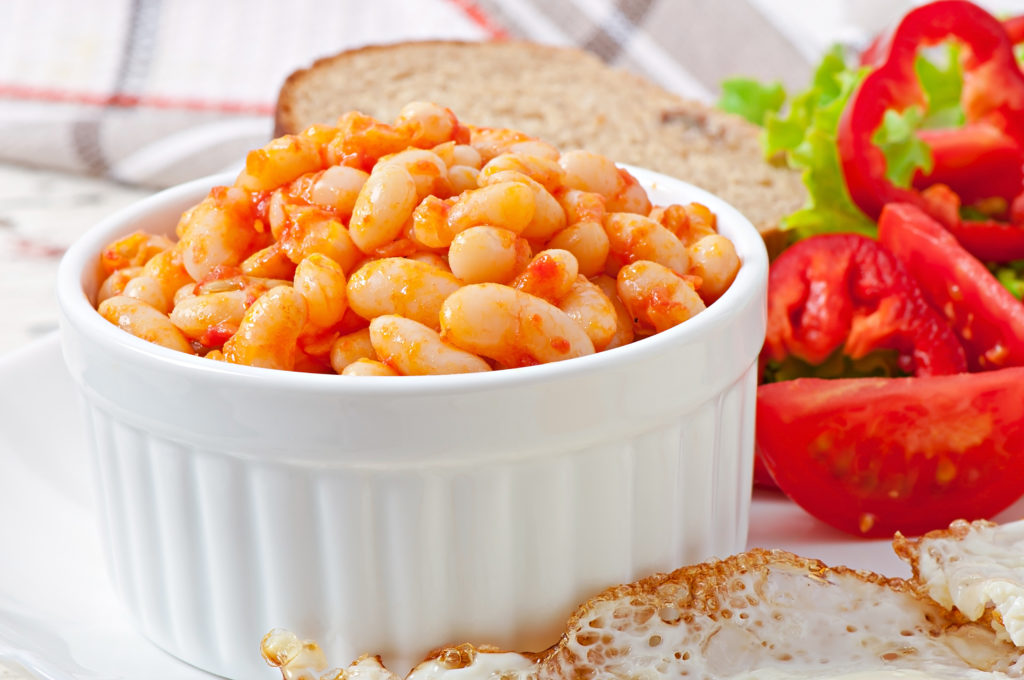
Granola and Yoghurt
GF, DF option
I’ve shared this recipe with so many people as it’s high in protein, fat, fibre and taste. The original was a Thermomix recipe I’ve slowly adapted to my own liking. The biggest change was taking out the oats and replacing them with buckwheat. There’s nothing wrong with oats, unless you’re coeliac. But buckwheat gives the granola a nice texture and as buckwheat isn’t a grain like oats are, it doesn’t have the inflammatory effect that grains can have in some people.
Veggie Soup
GF, DF, V
This is what Harvey and I had for many a breakfast over Winter. Any kind of vegetable. Any kind of soup. Mixed veggie and Minestrone were our favourites, sometimes with some chicken added. But we also had pumpkin or broccoli soup with sourdough bread if we had it in the house.
Chicken noodle soup is a popular choice. My suggestion is swapping out your regular noodles for kelp noodles. They’re a great choice as they’re gluten free, extremely nutrient rich and provide a really unique texture. They’re also great in salads and stir fries.
Creamy Smoothies
GF, DF, V
There’s no recipe for this one. You’re on your own besides these guidelines:

- Choose your base – water or plant-based milk works well in all situations. I like water as a base, then greek yoghurt, coconut yoghurt or the PureA (from AlmondCo) to make it creamy. I wouldn’t use juice (even with kids) due to the high sugar content
- Banana – They’re such a good source of vitamins, minerals, fibre and a nice nature sweetener
- Add some protein – my favourite is hemp protein or hemp seeds, but any plant-based protein such as rice or pea protein powder is good too. Or you can just use something like almonds.
- Make it green – I wrote about the benefits of blending greens in the intro to this recipe Spinach Crepes. And green are one of THE most important foods to include in your diet, their benefits are enormous. So even if you start with three baby spinach leaves until you can build yourself up to a whole handful, your future healthy self will thank you.
Other options are kale, which has a stronger flavour. Or Nourished Life have a great range of Super Green Powders & Supplements. - Extra flavourings – Small sprinkles of cinnamon to balance blood sugars, salt to enhance the flavour (and it’s good for you in small amounts), vanilla for the yummy taste, mesquite to make it caramelly or maca to nourish your adrenal glands and stress response.
Vegetable Smoothies
GF, DF, V
These are the SUPER healthy ones. As above, no recipe. Just some orderly suggestions:
- Choose your base – Mostly this will be water, but you can do coconut water as well.
- Add your greens – same as above: spinach, kale, silverbeet, beetroot leaves, dandelion greens or rocket. The last two are too bitter for me, but the first four are amazing!
- Throw in some herbs – Parsley and coriander are great heavy metal detoxifiers or you could also throw in some basil (my favourite herb). Mint is really refreshing too.
- Protein – While there’s lots of protein in vegetables, if you want your smoothie to fill you up for longer, I do suggest adding a bit more. Again, hemp protein is an awesome addition, as are hemp seeds, but your pea and rice protein or nuts and seeds are great too.
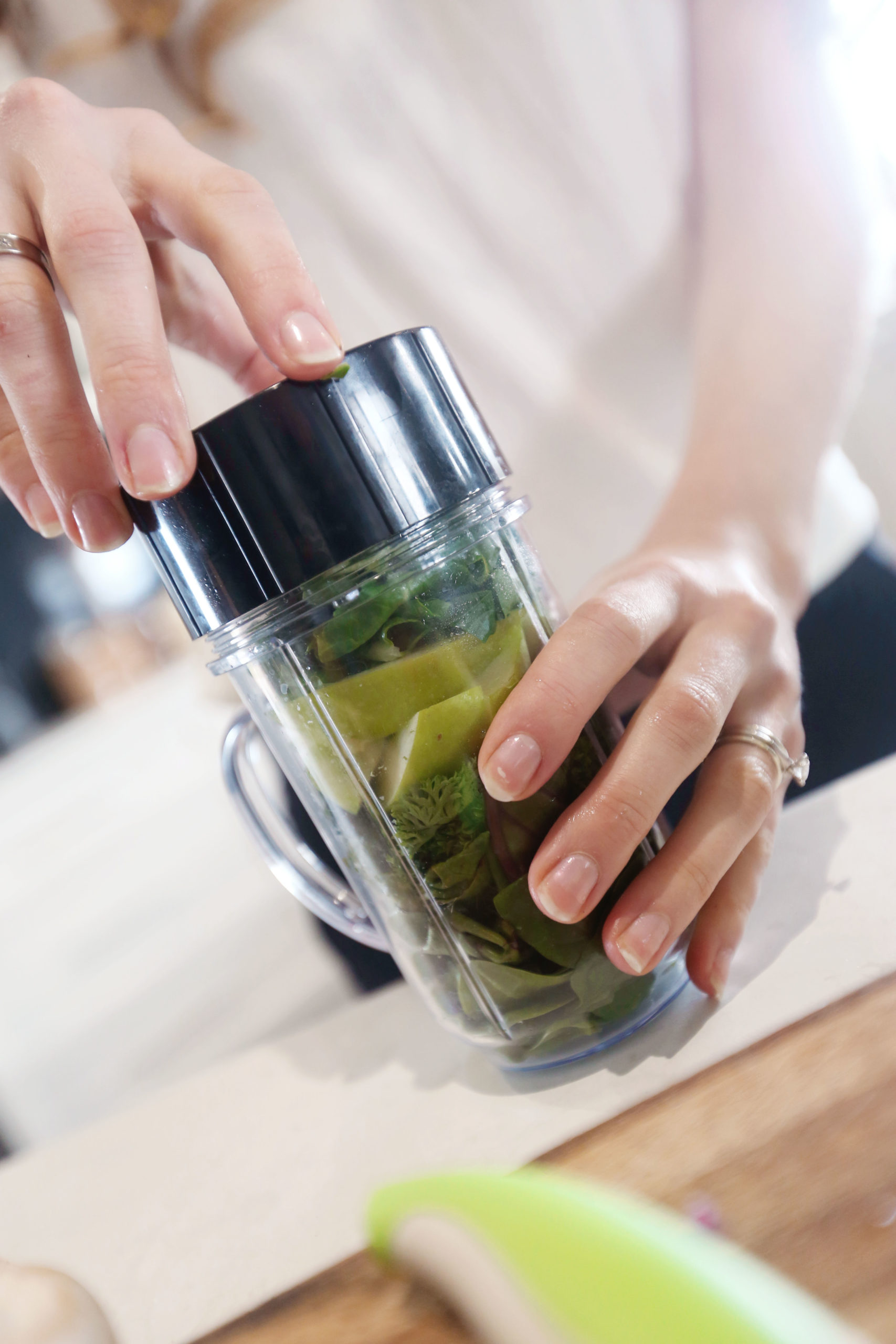
Try using some ice – This was a handy little trick Larissa Bright taught me when she was doing Thermomix demonstrations. Ice for some reason (if you know then please comment below) helps to break up the greens, so you don’t have chunky bits. The point of a smoothie is not to chew.
Breakfast Biscuits
GF (contains oats*), DF, V
This recipe is not mine. It was first shared by Jade Malinovski on her Balanced Life Yoga Facebook page. But they have become a staple in our house. We basically buy bananas to let them become over-ripe, so I can make these biscuits. As I still breastfeed Harvey in the mornings, sometimes he’s not ready for breakfast. But if we need to go somewhere, I throw a couple of these in his snack bag and that gets him through.
They can be made with a Thermomix or without. If you’re using whole almonds, you will need a high powered blender to turn them into paste. The rest really just need a really good mash and stir.
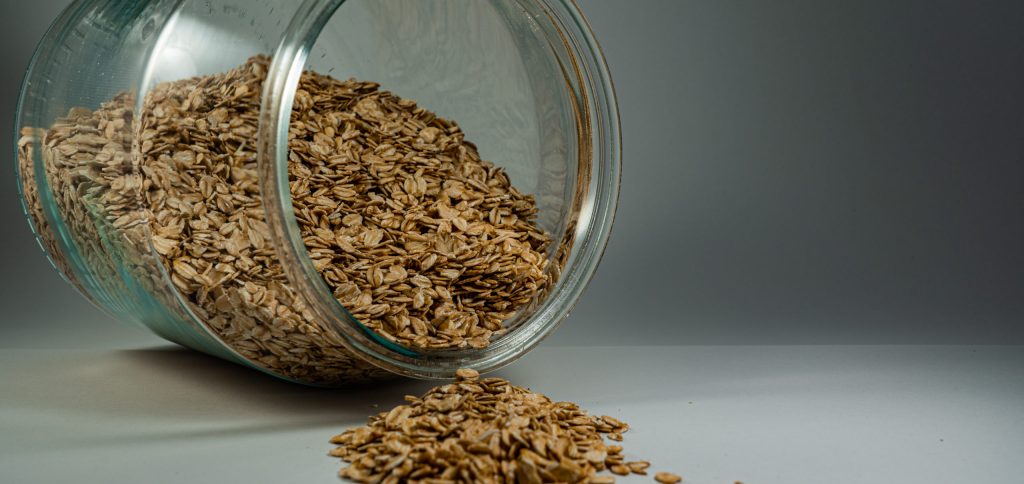
Are Oats Gluten Free
For gluten intolerant individuals, oats are generally fine. But everybody is different and you need to keep in mind your individual situation. If you are trialling an elimination diet, my suggestion would be to also stay away from oats for the period of the elimination and then trial reintroduction. As described below for Coeliacs, bowel damage can occur even with gluten intolerance, so you do need to be careful. She gluten reactions occur instantly – think bloating. And other reactions are cumulative over time.
In the case of Coeliac Disease, I refer to the Coeliac Australia website and their document on Oats:
Evidence shows that uncontaminated oats are well tolerated by most people with coeliac disease. However, in some people with coeliac disease, oat consumption can trigger a potentially harmful immune response. Please note that the absence of symptoms when consuming oats does not necessarily indicate they are safe – bowel damage can still occur despite the absence of symptoms.
What do you eat?
I would love to hear your breakfast suggestions below. Share with us your favourite recipes or breakfast tips in the comments section.
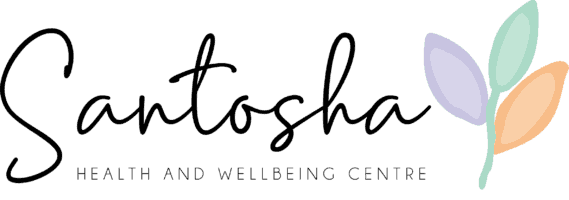
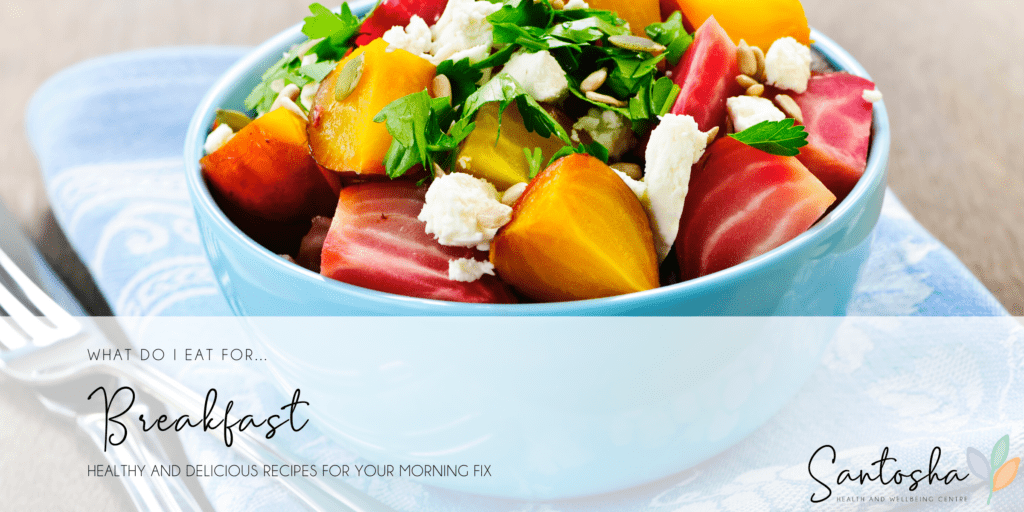
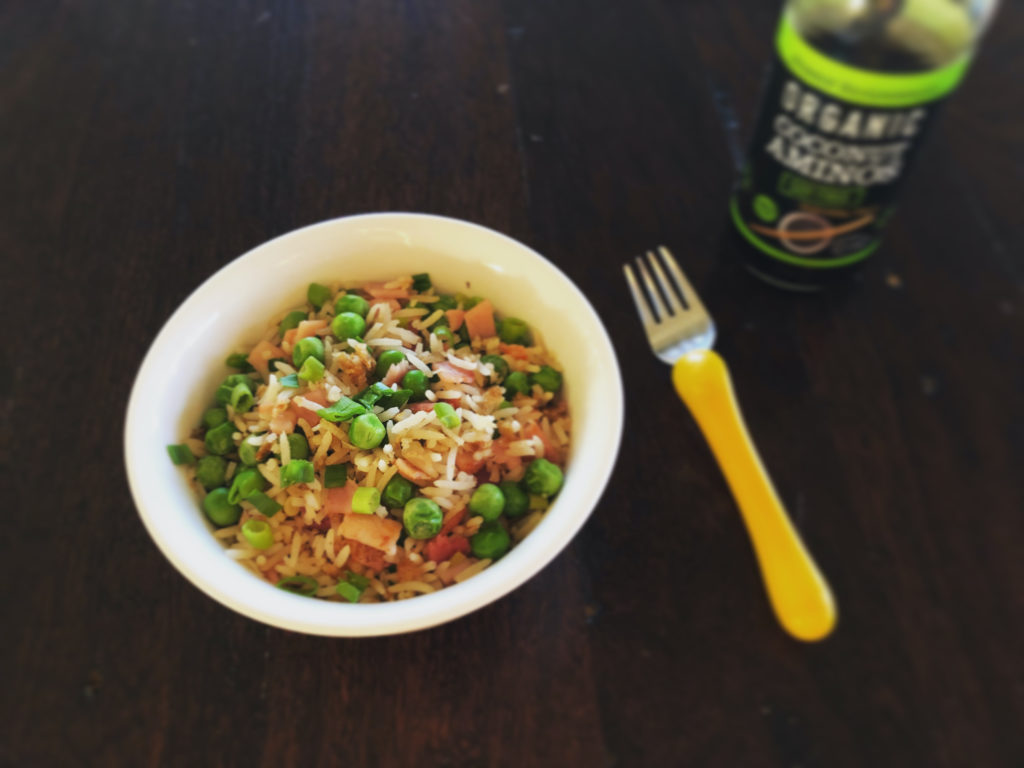
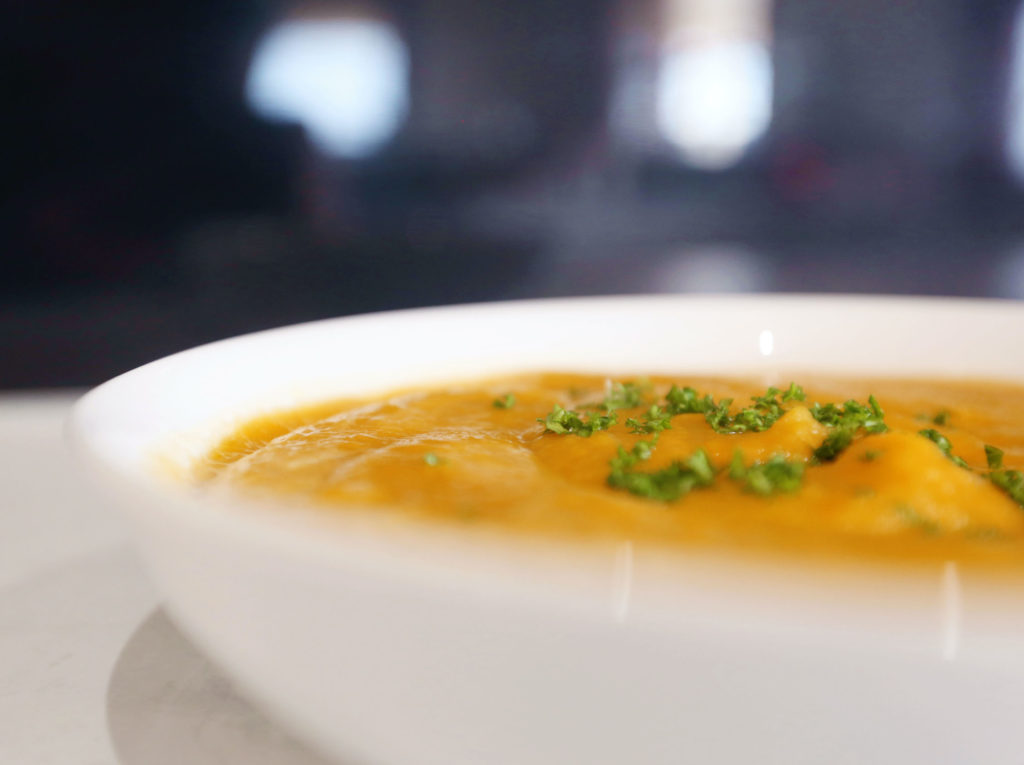
I love these ideas! I used to be such a big brekkie girl, but lately I’ve been finding it more challenging. Gotta get back on the wagon!